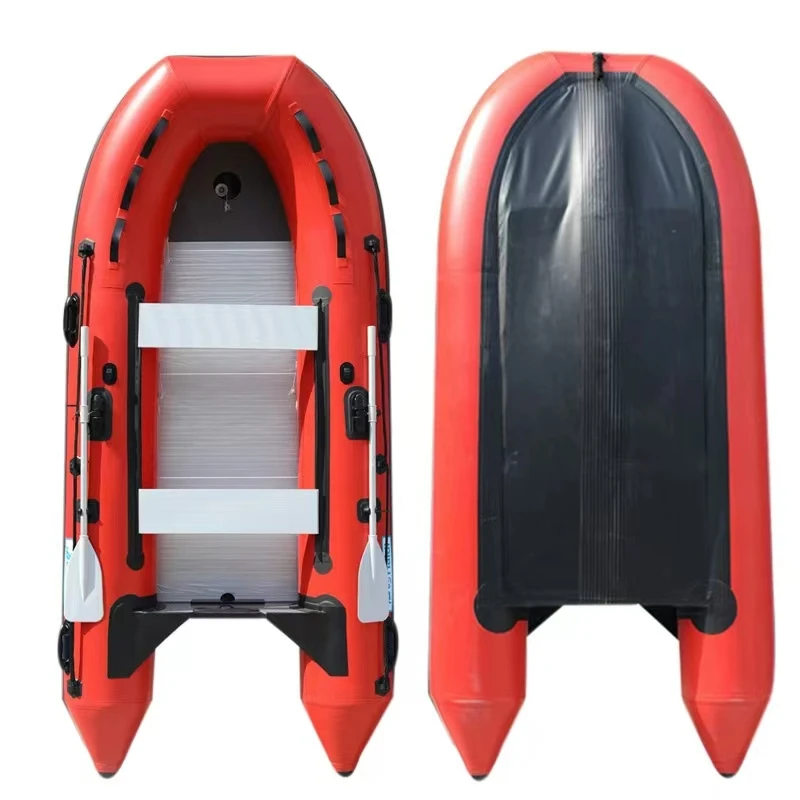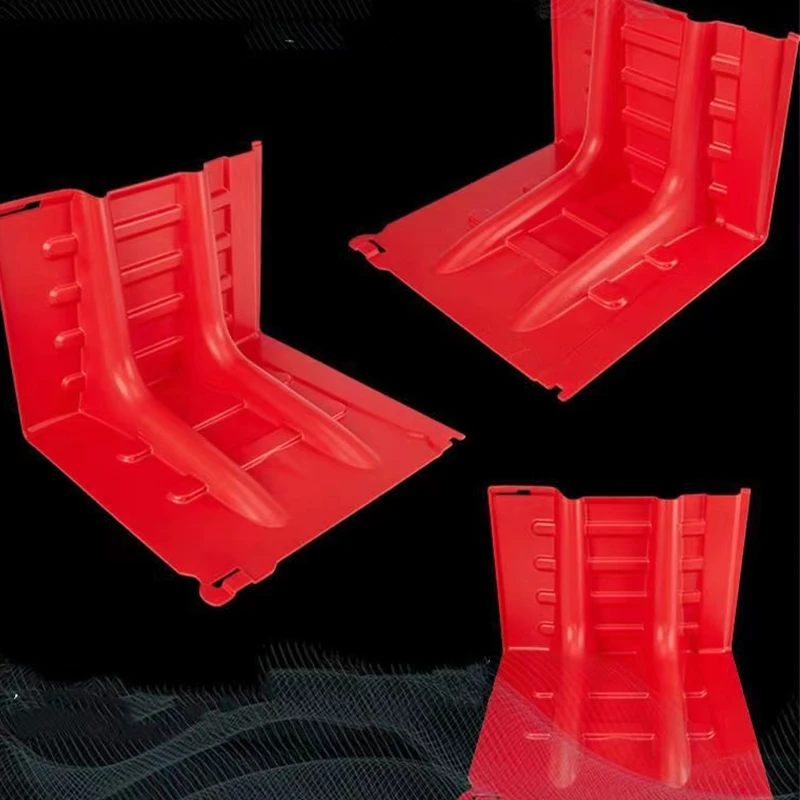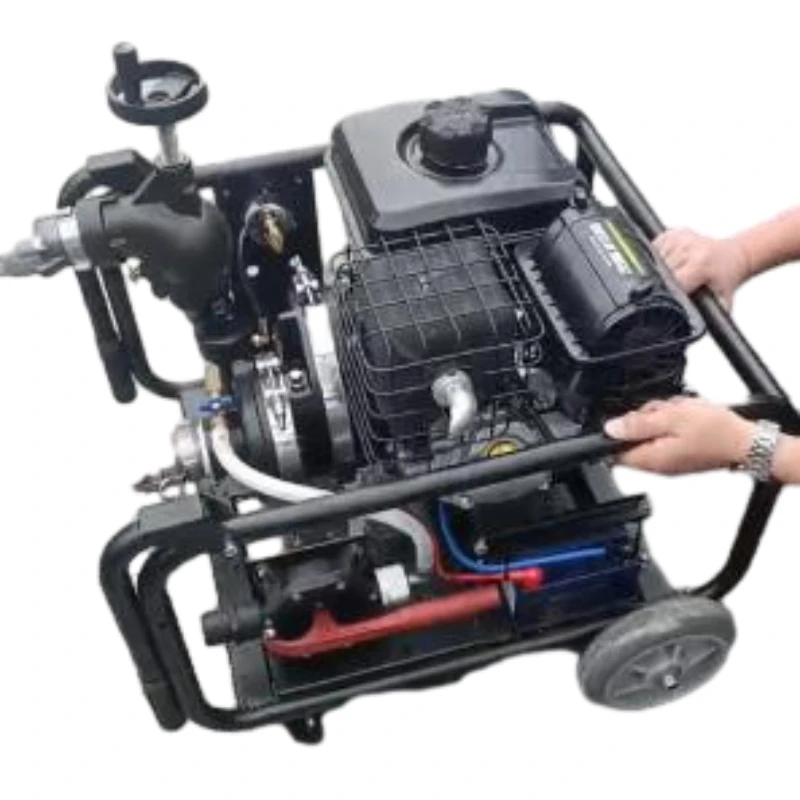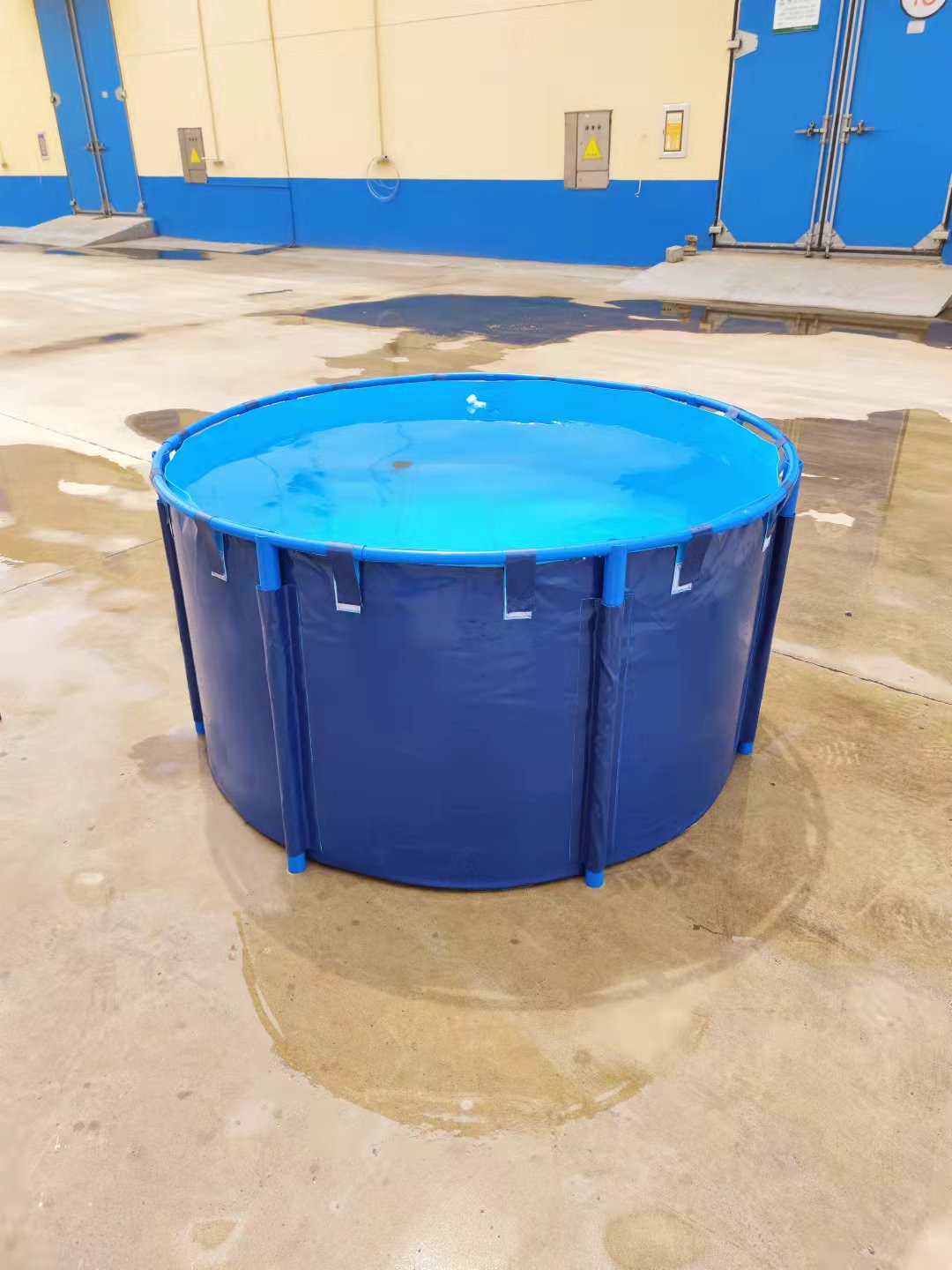High-pressure fire water pumps: what’s changing, what still matters
Fire seasons keep getting harsher, and municipal budgets aren’t exactly ballooning. That’s why a lot of crews I talk to are shifting toward compact, engine-driven units that can actually push water uphill, over distance, and fast. The High Pressure Fire Water Pump is one of those “small but serious” workhorses—single-cylinder, four-stroke, lightweight, with surprisingly low noise and steady output. Honestly, it’s the kind of kit that doesn’t look flashy on the truck, but shows up when lines run long and hydrants are a rumor.

Industry snapshot
Trends? Higher head, lighter frames, cleaner emissions. Urban brigades want quick standpipe support; wildland teams want distance and elevation—without hauling a boat anchor. In fact, requests for portable pumps with around 80–100 m head are up, and many customers say they prefer simple pull-starts with optional electric start to keep maintenance sane. Standards-wise, specifiers keep pointing to NFPA 20 guidelines for performance verification and ISO 9906 for test methods—even on portable units.

Key specifications (typical)
| Engine | Single-cylinder, four-stroke gasoline |
| Rated flow | ≈ 180–280 L/min (real-world use may vary) |
| Max head / pressure | ≈ 90 m / ≈ 0.9 MPa (9 bar) |
| Power output | ≈ 6.5–8.7 kW |
| Inlet / Outlet | 50 mm / 40 mm (2" / 1.5") |
| Pump end | Centrifugal, aluminum alloy housing, stainless shaft, Viton seals |
| Fuel tank / runtime | ≈ 3.6 L / around 2.5 h @ 75% load |
| Noise | ≈ 72–78 dB(A) @ 7 m |
| Dry weight | around 28–32 kg |
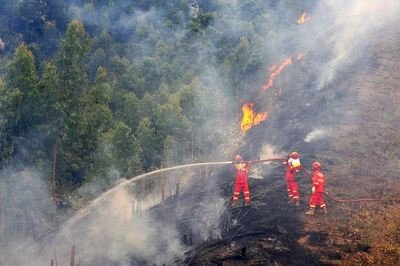
Process, testing, and service life
Materials are incoming-checked (spectro on alloys, seal durometer), then CNC-machined. Impellers get dynamic balancing; assemblies see hydrostatic testing at 1.5× rated pressure and ISO 9906 Grade 2B performance checks. A 60-minute endurance run at alternating duty points is common. With routine service (oil, filters, seals), expected life is ≈ 8–10 years in municipal use; industrial duty with abrasive water may shorten that—just being honest.
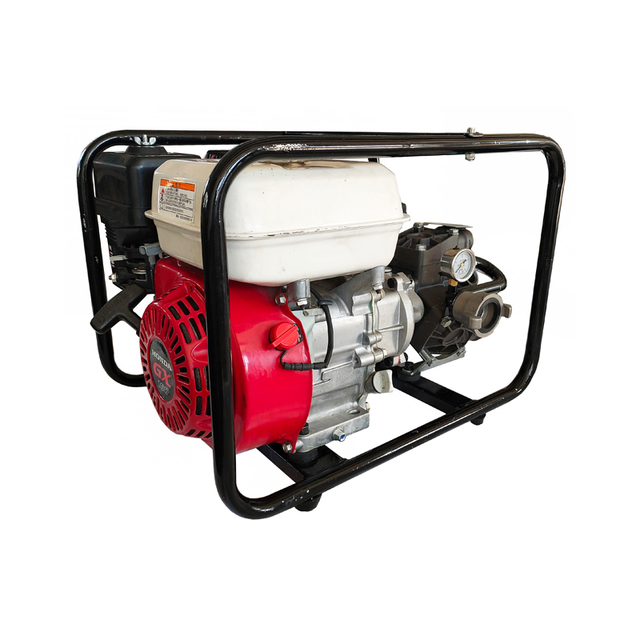
Where it shines
- Wildland-urban interface: long hose lays, hillside attack.
- High-rise support: boosting standpipe branches when city pressure sags.
- Industrial yards and depots: tank-to-tank transfer and foam proportioning.
- Backup for sprinklers during maintenance.
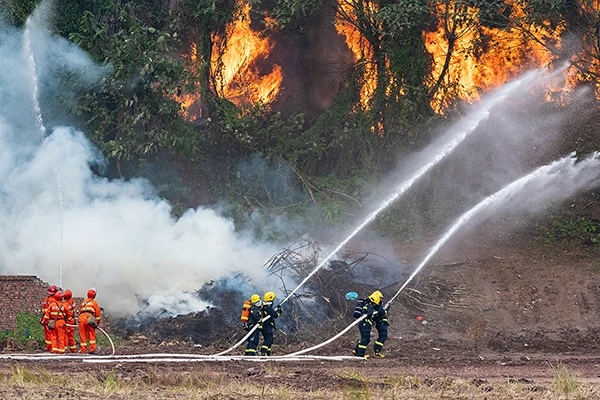
In the field (brief case notes)
• Telecom hilltop site: one High Pressure Fire Water Pump pushed ≈ 220 L/min up 60 m head for 40 minutes, stabilizing before tankers arrived.
• Small factory shed: paired High Pressure Fire Water Pump units fed a portable monitor at ≈ 0.6 MPa; operator noted “lower-than-expected” noise near the bay door.
Vendor comparison (condensed)
| Vendor | Origin | Max Head | Cert/Tests | Lead Time | Notes |
|---|---|---|---|---|---|
| FFW Fire Safety | Shijiazhuang, Hebei, China | ≈ 90 m | ISO 9001 plant; ISO 9906 test reports | around 2–4 weeks | Compact, low noise, customization options |
| Global Brand A | EU | ≈ 100 m | EN 1028; third-party witnessed tests | 4–8 weeks | Premium price; broad dealer network |
| Local Integrator B | Regional | ≈ 70 m | Factory test sheet | 1–3 weeks | Quick service; specs vary by batch |
Customization, compliance, and data
Options for the High Pressure Fire Water Pump: electric start, marine anti-corrosion kit, foam eductor port, cold-weather package, and quick-coupling manifolds. Compliance support typically includes ISO 9906 performance curves and hydrostatic certificates; projects may request evidence of NFPA 20 acceptance testing procedures, and some customers ask for UL/FM-listed accessories when integrating to fixed systems. Factory address for documentation: No.118 Youyi Street, Xinhua Dist., Shijiazhuang City, Hebei Province, China.
- Sample test data: 240 L/min @ 0.5 MPa; 150 L/min @ 0.85 MPa; 1.5× hydro test passed, no visible seepage.
- Certifications available: ISO 9001 (manufacturer); third-party witness testing on request.
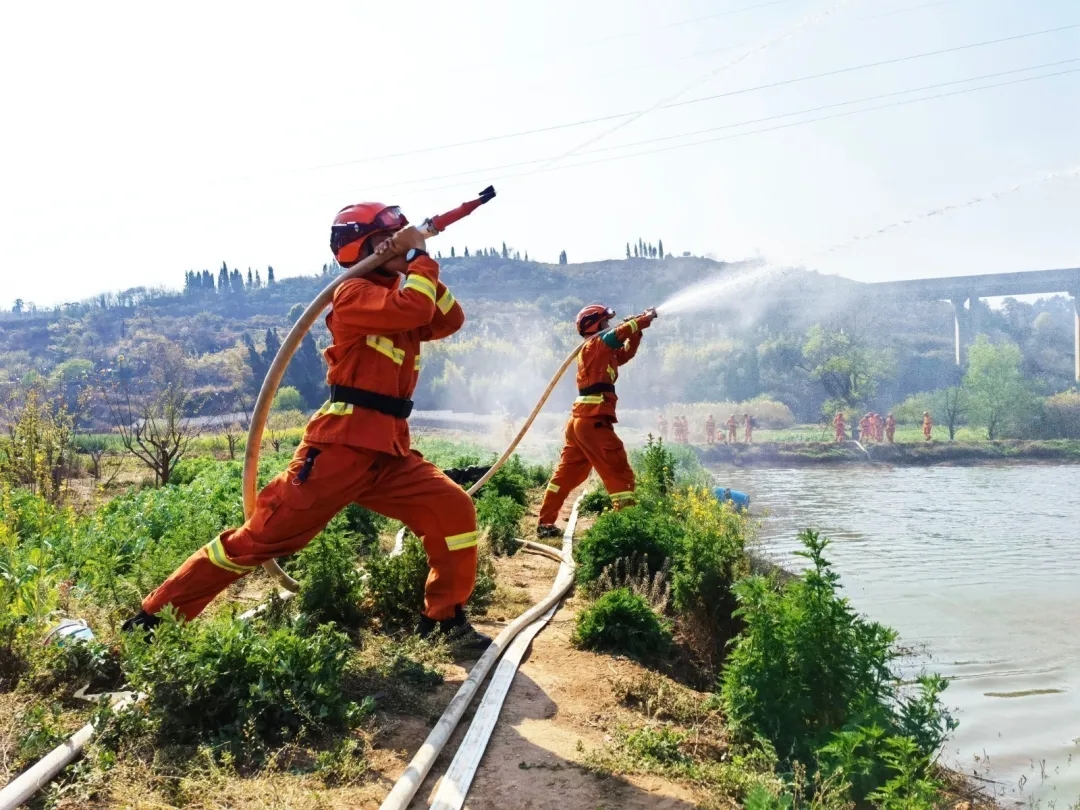
What users say
“Starts easy after storage,” one brigade captain told me. Another noted the “long throw” when drafting from a creek—less drama, more water. To be honest, that’s the tone I keep hearing: not glamorous, but reliably effective.
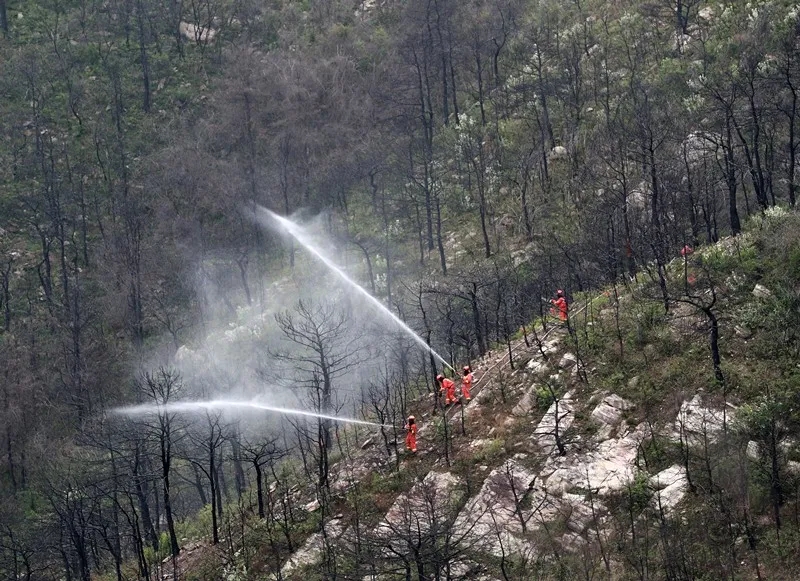
References
- NFPA 20: Standard for the Installation of Stationary Pumps for Fire Protection.
- ISO 9906:2012 Rotodynamic pumps — Hydraulic performance acceptance tests — Grades 1, 2 and 3.
- EN 1028-1: Firefighting pumps — Safety and performance requirements.
- FM/UL fire pump program summaries and listing guidelines for associated components.









